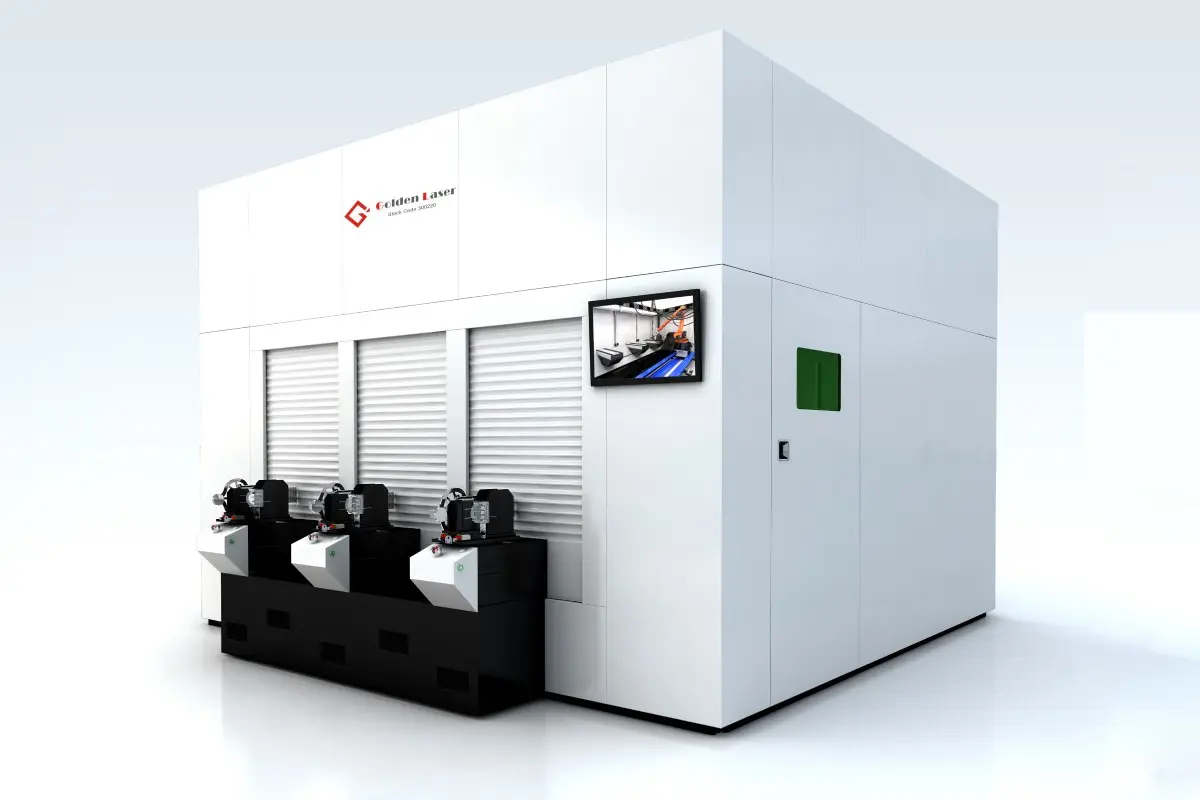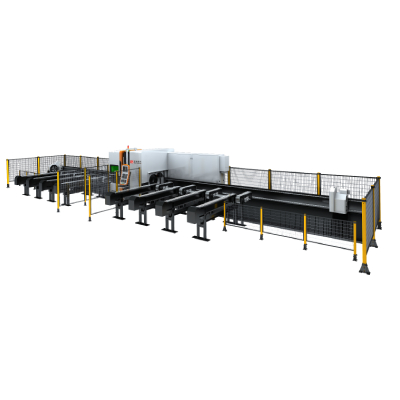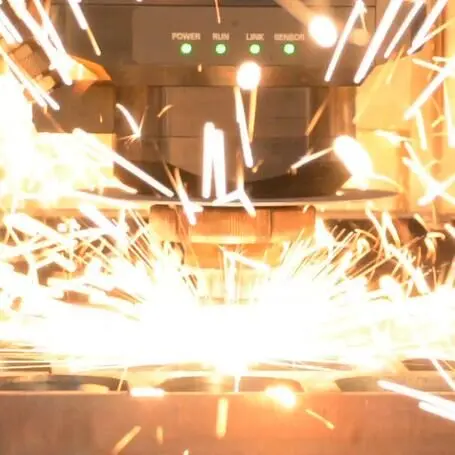In the rapidly evolving landscape of manufacturing technologies, the stainless steel laser cutter emerges as a crucial tool, revolutionizing how industries approach cutting and fabricating metals. This sophisticated device utilizes concentrated laser beams to slice through stainless steel with precision and efficiency, offering several advantages over traditional cutting methods. Understanding the capabilities and applications of the stainless steel laser cutter can shed light on its significance in today’s production environments.
What is a Stainless Steel Laser Cutter?

Exploring the Advantages and Applications of the Stainless Steel Laser Cutter in Modern Manufacturing Processes
A stainless steel laser cutter is a machine that employs high-powered lasers to cut through stainless steel sheets and plates. Unlike mechanical cutting tools that rely on blades and saws, laser cutters harness directed light energy to achieve precise cuts with minimal material wastage. The technology works by focusing a coherent beam of light, produced by a laser, onto the surface of the stainless steel. This intense energy rapidly heats the material, causing it to melt or vaporize in a controlled manner, resulting in clean cuts.

Exploring the Advantages and Applications of the Stainless Steel Laser Cutter in Modern Manufacturing Processes
Advantages of Using Stainless Steel Laser Cutters

Exploring the Advantages and Applications of the Stainless Steel Laser Cutter in Modern Manufacturing Processes
1. **Precision and Accuracy**: One of the most significant advantages of a stainless steel laser cutter is its ability to produce intricate and detailed cuts with high accuracy. The laser’s focused beam ensures that even complex designs can be executed without compromising the material’s integrity.
2. **Minimal Material Waste**: Laser cutting is efficient in terms of material usage. The narrow kerf (the width of the material removed by the cutting process) allows for tight nesting of parts, ensuring that more of the original material is utilized, thereby reducing waste and cutting costs.
3. **Versatility**: Stainless steel laser cutters can handle a variety of thicknesses and types of stainless steel, making them suitable for a wide range of applications. This versatility is invaluable for industries that require customized pieces and precise specifications.
4. **Faster Production Times**: Compared to traditional manual cutting methods, laser cutting machines can operate at high speeds, streamlining the production process. This efficiency not only accelerates turnaround times but also allows businesses to meet tight deadlines more effectively.
5. **Less Post-Processing Required**: The clean cuts produced by a stainless steel laser cutter often require little to no additional processing, such as grinding or polishing. This reduction in post-processing times and costs further enhances the efficiency of operations.
Applications of Stainless Steel Laser Cutters
The applications of stainless steel laser cutters are diverse, spanning various industries. Here are a few areas where these machines are making a significant impact:
1. **Automotive Industry**: In automotive manufacturing, laser cutters are used to create intricate components for vehicles, including brackets, panels, and frames. The precision offered by laser cutting ensures that all parts fit together seamlessly, resulting in high-quality assemblies.
2. **Aerospace**: The aerospace sector demands components made from lightweight yet durable materials. Stainless steel laser cutters allow manufacturers to produce sophisticated parts that meet stringent safety and performance standards while maintaining weight efficiency.
3. **Architecture and Construction**: In construction, stainless steel laser cutters create architectural designs that require precise, often intricate cuts. From decorative panels to support structures, these machines play a pivotal role in modern architectural projects.
4. **Medical Equipment**: The medical field also benefits from the capabilities of stainless steel laser cutters. They are essential in producing instruments and components that demand high precision and stringent hygiene standards.
5. **Art and Design**: Artists and designers utilize laser cutters to create bespoke pieces of art and functional products. The ability to cut stainless steel into intricate shapes and designs allows for endless creativity in both artistic and functional applications.
Conclusion
The stainless steel laser cutter represents a pivotal advancement in the manufacturing industry, marrying precision engineering with efficiency. As industries continue to seek ways to enhance productivity while minimizing costs and material waste, the adoption of laser cutting technology will likely increase. This powerful tool is not just about cutting metal; it symbolizes the future of manufacturing, where creativity and efficiency coexist, driving innovations across various sectors. As this technology continues to evolve, its applications and benefits will only expand, paving the way for new possibilities in metal fabrication and design. 3000×1500 Ipg With A Fully Enclosed Design
